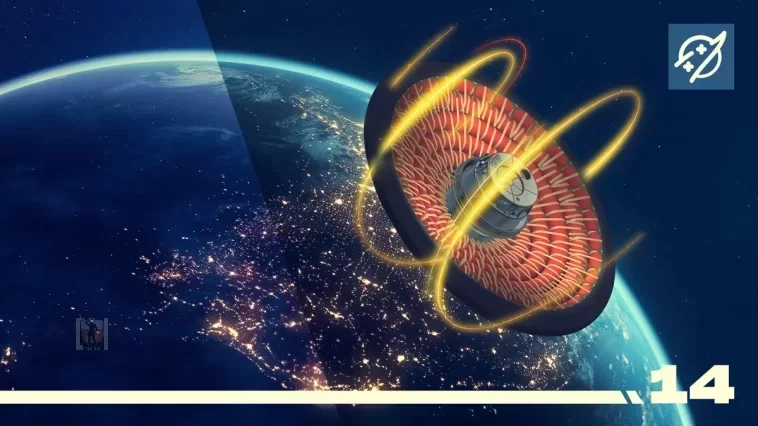As the worldwide space industry gets ready for human area expedition of Mars and beyond, it will require technologies that make climatic entries innumerably much safer.
That’s where NASA’s Low-Earth Orbit Flight Test of an Inflatable Decelerator (LOFTID) heatshield innovation is available in.

It basically serves as an enormous inflatable break system for spacecraft, making spaceflight much safer.
It might help human beings safely land on Mars and also explore the additional reaches of our solar system.
Not only that, but the technology also has an extremely practical application here in the world as it can be used to fight forest fires.
The orbital heatshield test
LOFTID was released aboard a United Introduce Alliance Atlas V rocket on Nov. 10.
It was released into orbit from an altitude of roughly 78 miles and it performed a splashdown in the ocean near Hawaii roughly 2 hours after launch.
The test flight was performed to analyze the capacity of an innovation that could one day enable area missions to bring a compact, pliable heatshield in a payload compartment that can be unfolded before the mission enters its location world’s environment.
How LOFIT can help on Earth

The area firm adds that the heatshield has “3 layers: an exterior ceramic fiber fabric layer to keep stability of the surface, a middle layer of insulators to hinder heat transmission, and an interior layer that avoids hot gas from reaching the inflatable structure.

LOFTID is one example of technologies developed for space that could also have incredibly essential useful applications in the world.







